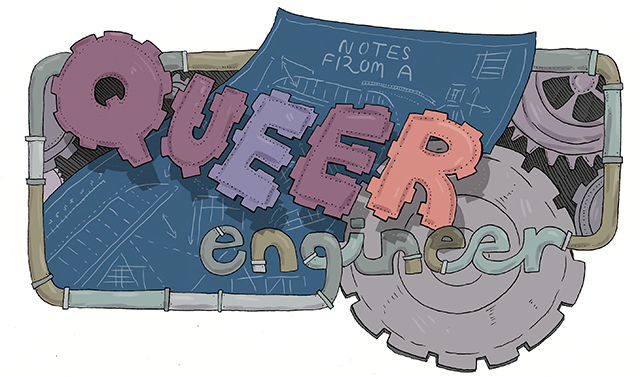 Header by Rory Midhani
Header by Rory Midhani
Earlier this month, the LIGO lab announced that for the first time ever, scientists have directly observed gravitational waves, or the ripples in the fabric of spacetime that arrive to earth following cataclysmic events in the distant universe. The detection confirms a major prediction of Albert Einstein’s 1915 general theory of relativity and opens an unprecedented new window onto the cosmos, as gravitational waves carry with them information about their cataclysmic origins, as well as invaluable clues to the nature of gravity itself. Super cool stuff! And even cooler is that the researchers, Nergis Mavalvala, is a queer woman of color!
Here’s Mavalvala:
In a 2012 profile in Science that has been making the rounds recently, Mavalvala explains how she got into quantum optomechanics and came out at work. Since then she’s won the NOGLSTP LGBTQ+ 2014 Scientist of the Year Award (thanks for the tip, Nicole!), and, of course, seen her work at LIGO come to fruition. I’ve really loved reading about her, so this week, I wanted to round up a few other stories about exceptional women in STEM.
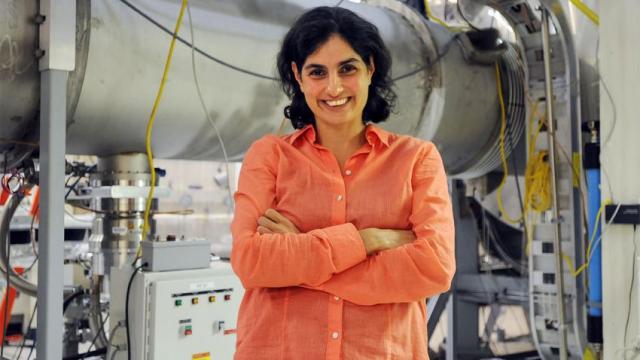
Nergis Mavalvala (1968-present). Photo via Courtesy of the John D. & Catherine T. MacArthur Foundation.
1. Nergis Mavalvala, Physicist
Mavalvala and her collaborators are fashioning an ultrasensitive telescope designed to catch a glimpse of gravitational waves. Albert Einstein predicted the existence of these ripples in spacetime nearly a century ago, but they haven’t been observed directly yet. Theoretically a consequence of violent cosmic events—the collisions of black holes, the explosive deaths of stars, or even the big bang—gravitational waves could provide a brand new lens for studying the universe.
Science: “Gravitational Wave Researcher Succeeds By Being Herself”
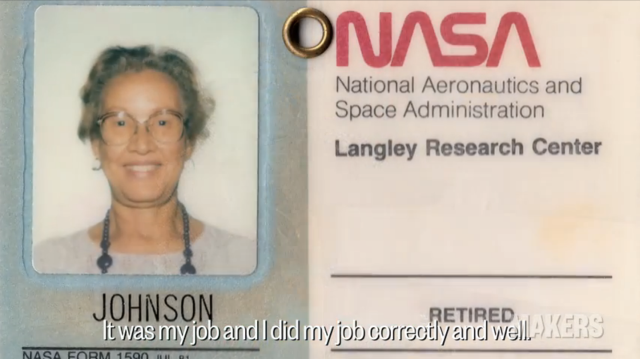
Katherine G. Johnson (1918 – present). Photograph via MAKERS.
2. Katherine G. Johnson, Mathematician
In this MAKERS interview, Katherine G. Johnson talks about her early affinity for mathematics, a college professor who noticed her gift and pushed her to pursue advanced math courses and how she eventually became a NASA mathematician who calculated, among many other computations, the trajectory for the space flight of Alan Shepard, the first American in space; John Glenn, the first American to orbit earth; and Apollo 11, the first human mission to the moon.
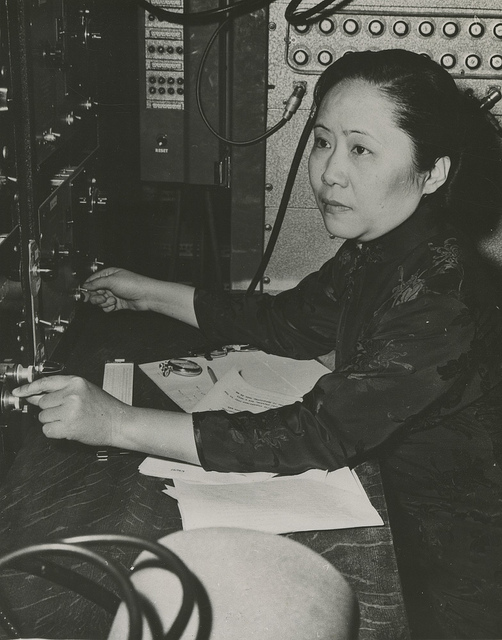
Chien-Shiung Wu (1912-1997). Photograph by Smithsonian Institution.
3. Chien-Shiung Wu, Physicist
Contrary to public perception, a fair number of women — many hundreds, certainly, and possibly thousands — were involved in the technical reaches of the Manhattan Project. They were chemists, technicians, doctors, mathematicians, and more. But Wu was one of the very few women who contributed at the highest levels of physics research for this critical war effort. Aside from her earlier help on Fermi’s plutonium problem, Wu’s work dealt mainly with the enrichment of uranium, the conversion of that element’s most abundant isotope, 238U, which is not fissionable, into the much rarer 235U, which is. In addition, she made major improvements to the Geiger counter, a device that any student of high school physics will recognize today as a common radiation detector.
Scientific American: “Chien-Shiung Wu, Courageous Hero of Physics”
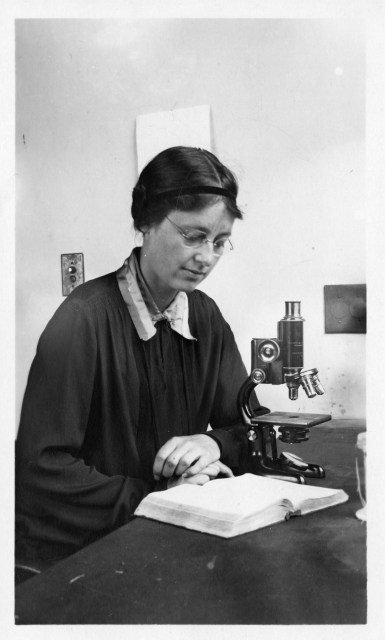
Kathleen Mary Drew-Baker (1901-1957). Photograph by Bygone Collection, Alamy.
4. Kathleen Mary Drew-Baker, Phycologist
Drew-Baker did her groundbreaking research as an unpaid research fellow. She was fired from her teaching position at the University of Manchester when she married in 1928. Her husband helped build a tidal tank in her (unfunded) laboratory, and Drew-Baker collected her specimens in old jam jars. In Japan, she’s known as the Mother of the Sea, and the island nation celebrates her birthday each year on November 6.
National Geographic: “Like Sushi? Thank a Female Phycologist for Saving Seaweed”
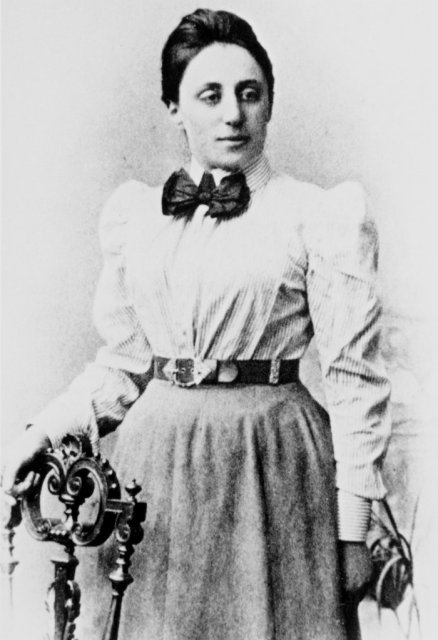
Emmy Noether (1882 -1935). Photo via New York Times, SPL/Photo Researchers.
5. Emmy Noether, Mathematician
Albert Einstein called her the most “significant” and “creative” female mathematician of all time, and others of her contemporaries were inclined to drop the modification by sex. She invented a theorem that united with magisterial concision two conceptual pillars of physics: symmetry in nature and the universal laws of conservation. Some consider Noether’s theorem, as it is now called, as important as Einstein’s theory of relativity; it undergirds much of today’s vanguard research in physics, including the hunt for the almighty Higgs boson.
New York Times: “The Mighty Mathematician You’ve Never Heard Of”
Notes From A Queer Engineer is a recurring column with an expected periodicity of 14 days. The subject matter may not be explicitly queer, but the industrial engineer writing it sure is. This is a peek at the notes she’s been doodling in the margins.

Autostraddle publishing Women in STEM pieces is my favorite. Nergis Mavalvala is on my list of (sadly, very short) role models who are queer women in physics.
Yeah, I wish I knew of more queer women in physics to write about! More queer women any science field, really.
More queer women. More science. More!
Dr. Chanda Prescod-Weinstein is pretty much at the top of my list of queer women living scientists (http://www.huffingtonpost.com/2015/06/24/chanda-prescod-weinstein_n_7574020.html). She’s done a huge amount of mostly unrecognized work related to diversity in STEM.
PS Any physicists/astronomers who are reading this: Queer physicists and astronomers are starting to get more organized and you can find “outlists” of both physicists and astronomers by googling “physics outlist” and “astro outlist” respectively.
Love this!!
I’m so glad to hear that!
Jasika remains one of the most intimidatingly cool humans I have ever awkwardly attempted to camp friendship.
… this is not the article I thought I was commenting on. STILL REALLY NEAT THOUGH!
Haha. I was wondering if I posted an incorrect link somewhere!
Jasika Nicole is intimidatingly cool too, though. ;)
Emmanuelle Charpentier and Jennifer Doudna – Crispr/Cas9 (for a little Biochem action)
http://www.wired.com/2015/07/crispr-dna-editing-2/
Thank you, Laura! This is great. As a queer engineer myself I always look forward to your column.
What about Leona Woods?
http://www.badassoftheweek.com/index.cgi?id=132987716098
She was also a member of the Manhattan project.
YES to this! Looking forward to reading this column!